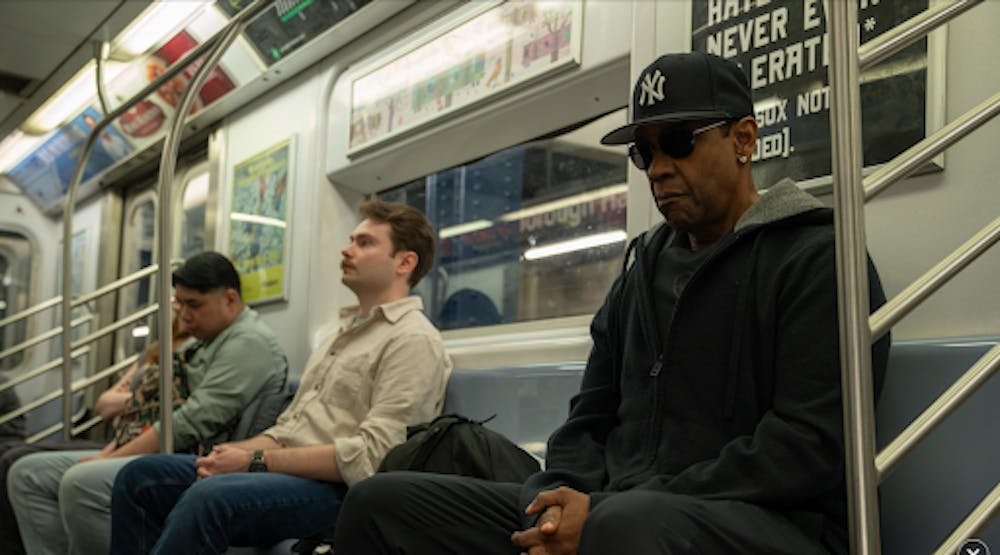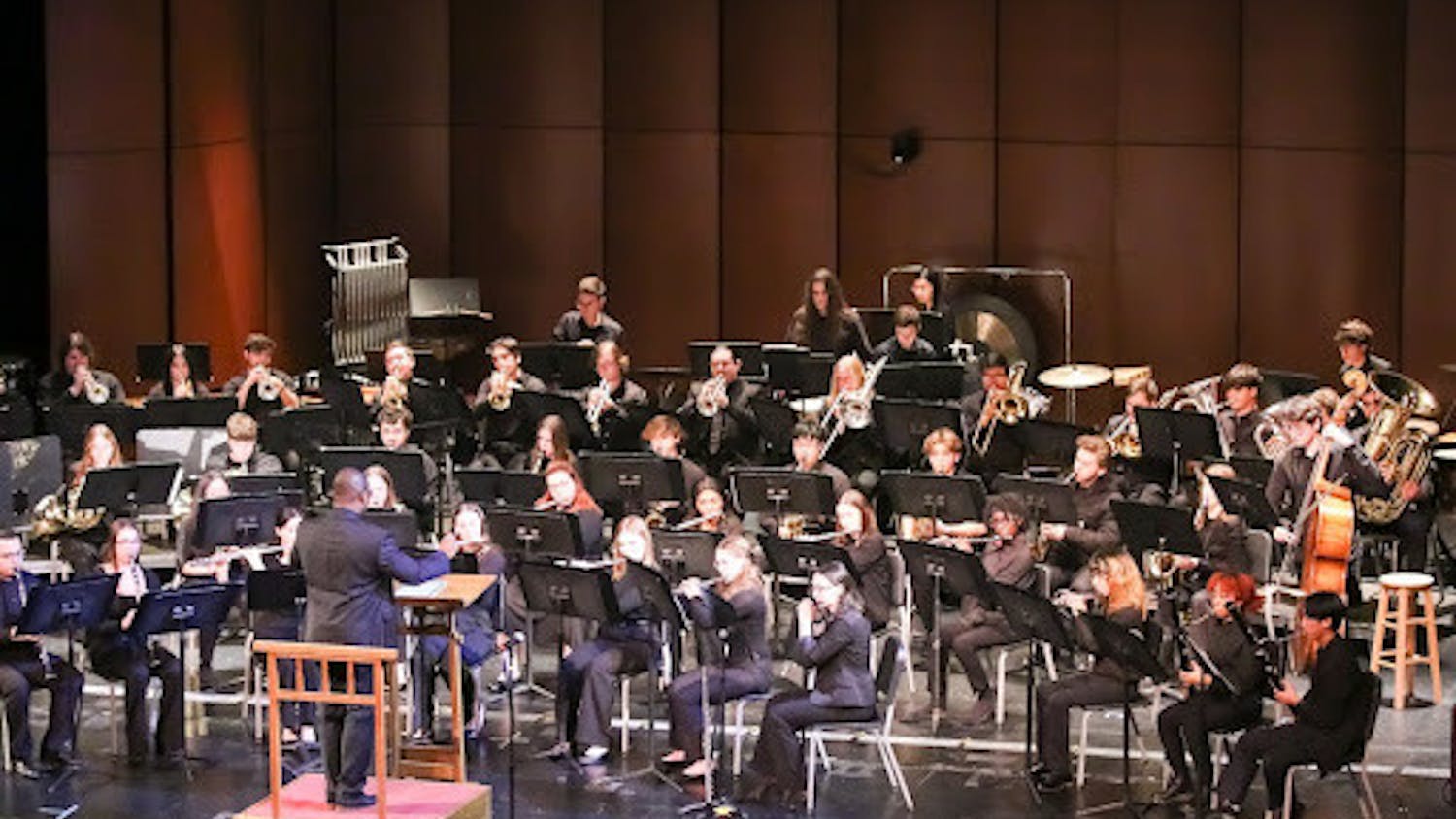By Molly Tursi
Staff Writer
In an industry as prolific and ever-changing as Hollywood, the new is favored over the old. As new talent is swiftly ushered into the limelight, the old are gently relegated to the archives of film and cinema, left to be reminisced about as a bygone time. Exceptionally, there are select filmmakers whose impact remains far too indelible to dispel, with Spike Lee among those important figureheads populating the list.
Defining his career in the late 1980s, Lee is most known for the beloved “Do the Right Thing,” his pivotal contribution to the emergence of African American cinema. A tale of insurgence against racial and authoritative prejudice, “Do the Right Thing” catapulted Lee into a long and extensive career in Hollywood. Garnering numerous accolades along the way, Lee and his films hold a status of the utmost reverence in the film industry and culture today.
On May 19, “Highest 2 Lowest,” Lee’s newest film since the acclaimed “Da 5 Bloods,” had its world premiere at the esteemed Cannes Film Festival. While the film received a positive consensus from attendees — expressed through a six-minute standing ovation — “Highest 2 Lowest” has polarized critics and audiences alike following its theatrical and Apple TV digital release on Sept. 5.
Loosely adapted from the highly regarded Japanese auteur Akira Kurosawa’s 1963 thriller “High and Low,” Lee’s rendition of the film stars Denzel Washington as a top dog music magnate who must contend with a targeted ransom plot that threatens his family and career.
“Highest 2 Lowest” is a motley collaboration between junior and senior talent, featuring names such as Jeffrey Wright, Ifenesh Hadera, A$AP Rocky, Aubrey Joseph, Dean Winters and Ice Spice. Although Denzel Washington and Jeffrey Wright have earned their token as reputable actors, the performances in “Highest 2 Lowest” manifest as contrived and gratuitously theatrical.
An amalgamation of meaningless dialogue, turbulent pacing and empty characters mercilessly exposes the weak screenplay and story structure. Portrayed as nothing more than ordinary, the characters are bland yet disguised beneath histrionic personalities that come off as farcical.
Penned by screenwriter Alan Fox, the film is humorless in its efforts to amuse, and oftentimes plays like a skit. With the absence of suspense, unimpressive shock-factor, and a grand failure of emotion, “Highest 2 Lowest” is a flagrant pariah within the riveting stories of Spike Lee’s creation.
Paling in comparison to Kurosawa’s “High and Low,” Spike Lee is defeated by his predecessor’s inimitable style and direction. Suffocated under the weight of modernity, “Highest 2 Lowest” is a remorseful affront to the filmic work of Kurosawa.
The film labors strenuously to overcome viewers with grandiose elements of sound, performance, and visuals, which in turn fall short of substance and form. Seen throughout the overpowering score, absonant editing, misaligned cinematography, synthetic set design, and awkward cameos, Spike Lee struggles to transfer his uniquely developed style to the movie.
Filmmaking, like any art, is of exponential highs and plummeting lows. Nonimmune to this curse of creativity, “Highest 2 Lowest” is Spike Lee at his lowest. There are no imminent plans on the horizon for his next film, but hopes are that Lee will return to efface this blip in an otherwise rich filmography.







